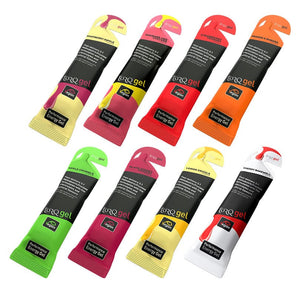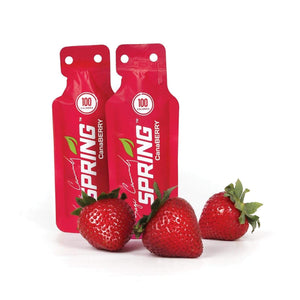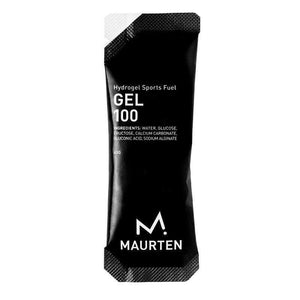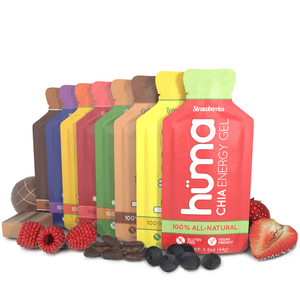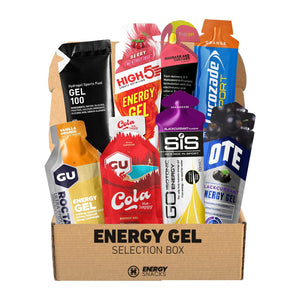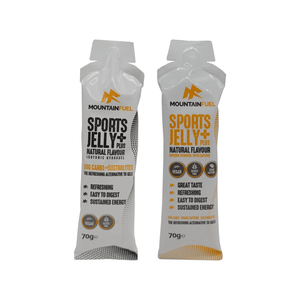
How do energy gels improve your performance?
The best way to stay energized during your workout is by taking on an energy gel. Energy gels are a great source of carbohydrates and electrolytes, which are the primary ingredients in sports drinks. Energy gels can be conveniently packaged so that you can take them on the go, and they're easy to ingest.
Energy gels are made from complex carbohydrates, which are very easily digested and absorbed by the body. When you're running or doing any other activity that causes a lot of stress on your muscles, it's important to keep them fuelled with nutrients. Complex carbs are broken down in the stomach quickly, which allows your muscles to access the fuel they need to keep going.

Energy gels also contain electrolytes such as sodium and potassium, which help regulate hydration by balancing out the amount of water in your body. When you sweat while working out, you lose electrolytes through your pores. To maintain hydration and prevent cramping, it's important to replace those electrolytes quickly with something like an energy gel so that you don't experience dehydration.
Electrolytes help control muscle contractions and make sure your body functions properly during exercise. They also help break down carbohydrates for more fuel for your muscles and increase blood flow to keep your heart pumping.
Need a hand? We have created the energy gel selection box, designed to give you a mix of gels for you to try!


